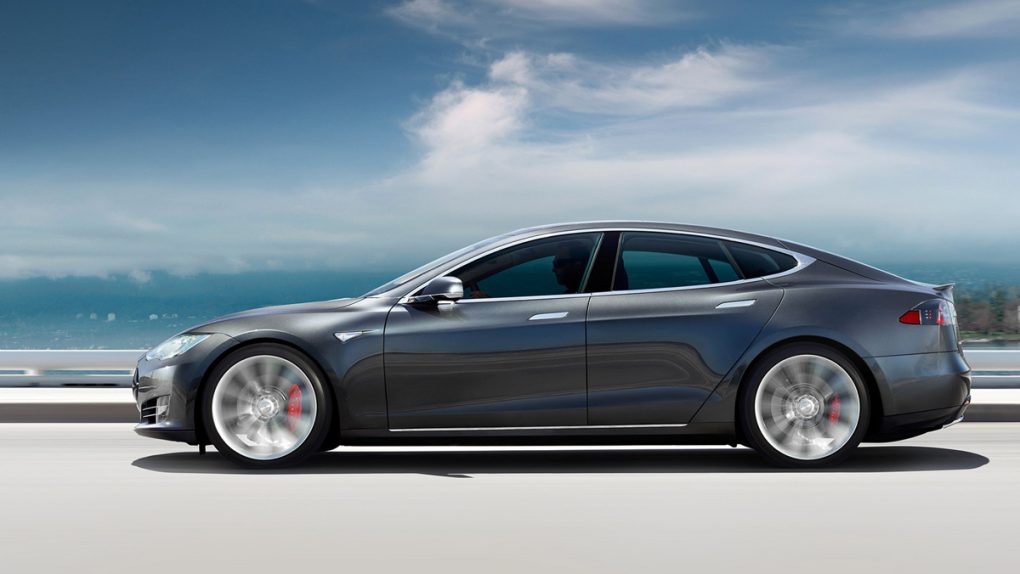Last week, Tesla began pushing out a software update to vehicles sporting the company’s next-gen Autopilot hardware. The latest update provides some gradual and yet welcome enhancements to the Tesla self-driving experience.
Specifically, Tesla’s latest software update increases the speed limit for Autosteer and “Traffic-Aware Cruise Control when driving on and off the highway.” On the highway, Autosteer and Traffic-Aware Cruise Control can be used going as fast as 90 MPH. Off the highway, Tesla removed the 35 MPH threshold and now allows drivers to take advantage of Autosteer at speeds 5 MPH faster than the detected speed limit.
The update also includes enhanced side collision detection and warnings. If an object gets too close to the side of a Model S or Model X, Tesla’s release notes indicate that the car will then steer “away from the object if a collision is likely.” And last but not least, Tesla owners with next-gen Autopilot hardware can now enjoy Automatic Emergency Braking as well.
In the wake of Tesla rolling out all of the above features, the Tesla Trip YouTube channel recently put Tesla’s Autopilot 2.0 hardware and up to date software to the test with a 24 minute drive across a curvy roads at high speeds.
For anyone curious as to what Tesla vehicles featuring the company’s next-gen hardware can do, the video below is well worth checking out.
On a related note, it’s worth noting that Tesla during its recent earnings conference call said that its team managed to recreate its own version of Mobileye’s technology in just six months. When asked full self-driving functionality, Elon Musk said the following:
The sensor hardware and compute power required for at least level 4 to level 5 autonomy has been in every Tesla produced since October of last year, approximately. So it’s a matter of upgrading the software, and we can reach level 5. And if it does seem that we need to upgrade the compute power, it’s designed to be easy to upgrade, basically access it through the glove box and plug in a more powerful computer, so we don’t think it will be, but if it is, that’s pretty easy to do. So the important thing to appreciate is that the sensor hardware and wiring harness is necessary for full autonomy, which is essentially having the eight cameras, the radar, and ultrasonics, that’s in place, so with each passing release, the car’s autonomy level will improve. We had a bit of a dip, obviously because of the unexpectedly rapid transition away from MobilEye, where we would expect it to have the MobilEye chip on the board as we transition, but MobilEye refused to allow that, so then we had to basically recreate all the MobilEye functionality in about six months, which we did.
Never one to shy away from bold declarations, Musk earlier this month said that Tesla vehicles will be able to drive themselves from New York all the way to Los Angeles with absolutely zero driver interaction.








